Table of Contents
- Introduction
- Market Overview and Growth Projections
- Key Drivers of Growth
- Technological Advancements
- Consumer Trends and Preferences
- Government Policies and Regulations
- Market Segmentation
- By Product Type
- By Application
- Regional Insights
- Major Challenges Facing the Market
- Competitive Landscape
- Future Outlook
- Conclusion
Introduction
The smart home market in Australia is experiencing a rapid evolution, driven by technological innovations and a growing appetite for home automation. As the market moves towards a projected valuation of $6.56 billion by 2030, understanding the dynamics and trends shaping this industry becomes crucial.
Market Overview and Growth Projections
The Australian smart home market has been expanding significantly. A compound annual growth rate (CAGR) of 25% is anticipated, reflecting the escalating integration of smart technologies in everyday life. This growth is attributed to the increasing consumer desire for convenience, security, and energy efficiency.
Key Drivers of Growth
Technological Advancements
Innovations in IoT and AI are the backbone of the smart home industry, providing users with unprecedented control over their home environments. Technologies such as smart thermostats, AI-enabled security systems, and IoT-connected appliances are transforming Australian homes, making them more connected and responsive. In 2023, smart thermostats alone saw a 30% increase in adoption across the country.
Consumer Trends and Preferences
A shift in consumer behavior towards more sustainable and energy-efficient living solutions has notably influenced the market. Australians are increasingly aware of the environmental impact of their choices and seek technologies that can help reduce their carbon footprint. Surveys indicate that 60% of Australian households consider energy efficiency a key factor when purchasing smart home devices.
Government Policies and Regulations
Government initiatives aimed at promoting smart technology use in residential properties have further stimulated market growth. These policies not only encourage the adoption of smart home technologies but also ensure their integration is smooth and secure. For instance, government subsidies for smart energy solutions increased by 40% in the past year, facilitating greater uptake.
Market Segmentation
By Product Type
The market is segmented into several categories including smart appliances, energy management systems, security and access control, and entertainment systems. Each segment caters to different aspects of a smart home, making the market diverse and dynamic. Smart appliances currently hold the largest share, comprising 35% of the market.
By Application
Residential applications dominate the market, but there is a growing trend of smart technologies being adopted in commercial settings, particularly in hospitality and real estate. Commercial applications have grown by 20% in the last two years, driven by increased investments in smart building technologies.
Regional Insights
While urban centers like Sydney and Melbourne are at the forefront of the smart home adoption curve, there is increasing interest from rural areas, where connectivity has improved. This regional spread is pivotal in the overall market expansion.
Major Challenges Facing the Market
Despite the positive growth trajectory, the market faces challenges such as high initial costs, privacy concerns, and technological disparities between regions. These issues pose significant barriers to adoption, particularly in less urbanized areas.
Competitive Landscape
The market is characterized by a mix of local and international players, each contributing to a highly competitive environment. Companies are continuously innovating and forming strategic partnerships to consolidate their market position and expand their product portfolios. The top five companies currently hold a combined market share of approximately 50%.
Future Outlook
The future of Australia’s smart home market looks promising, with technological advancements continuing to drive the market forward. Integration with emerging technologies like 5G and further advancements in AI are expected to open new avenues for growth. Experts predict that the integration of these technologies could increase market size by an additional 20% over the next five years.
Conclusion
The smart home market in Australia is set to transform the residential landscape significantly. With ongoing advancements and a supportive regulatory framework, the market is poised for substantial growth. Stakeholders need to navigate the challenges strategically to capitalize on the opportunities presented by this dynamic and evolving market.
This comprehensive analysis underscores the vibrancy and potential of the Australian smart home market, offering insights into its complexities and the factors driving its expansion. As technology continues to advance and consumer preferences evolve, the market is expected to continue its upward trajectory, reshaping how Australians interact with their living environments.
Reference Source – https://www.globenewswire.com/en/news-release/2024/03/05/2840163/28124/en/Australia-Smart-Home-Market-Set-to-Reach-6-56-Billion-by-2030-Driven-by-Rising-Demand-for-Security-Applications-and-Smart-Technology-Integrations.html




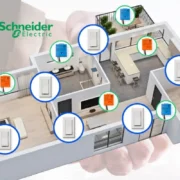

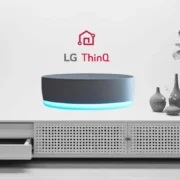
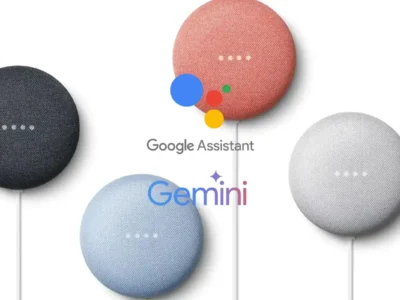
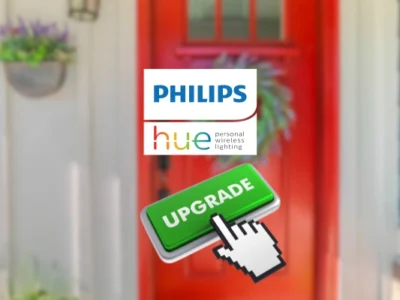
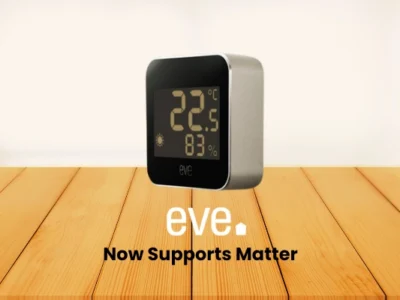
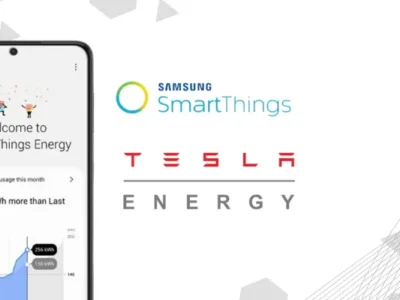


Comments